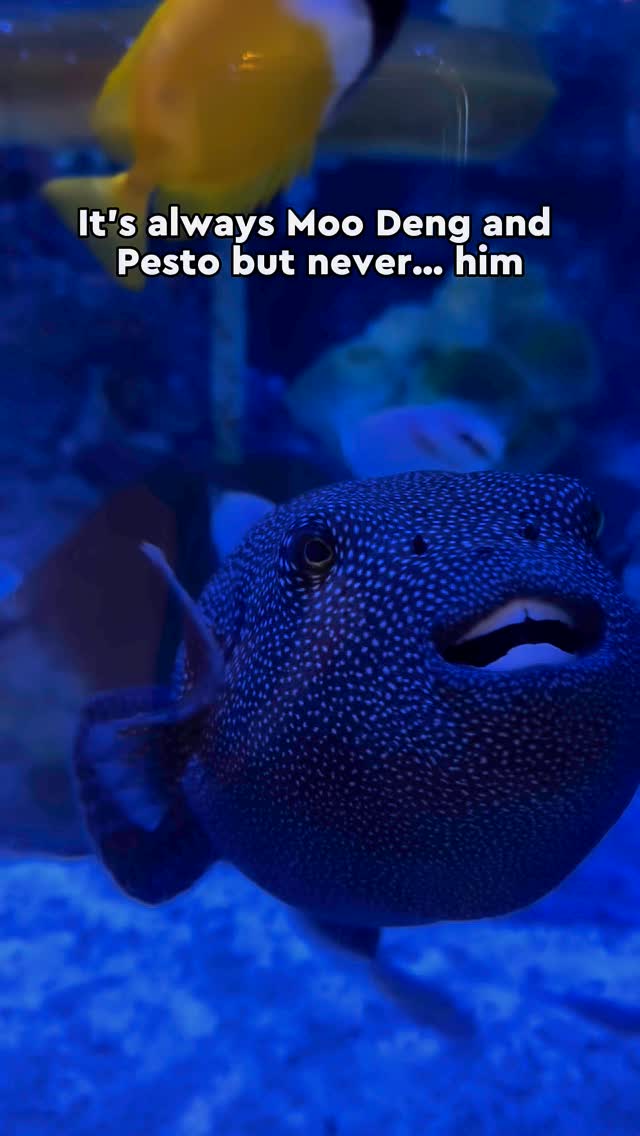- Exploring the biodiversity at SEA LIFE Aquarium, including over 300 species and 5,000 creatures.
- The importance of proper naming practices for animals in zoos and aquariums to foster engagement and learning.
- The role of SEA LIFE Aquarium in conservation and education, and its impact on wildlife awareness.
- Understanding the challenges and responsibilities of managing diverse species in a controlled environment.
- Insights into the daily operations of SEA LIFE Aquarium, including care practices and conservation efforts.
SEA LIFE Aquarium serves as a vessel of biodiversity, showcasing a stunning array of more than 300 species and a collection of over 5,000 individual creatures. Within the walls of this aquatic haven, the effort to educate the public on the diversity present in our oceans takes center stage. Each species plays a pivotal role in this ecosystem, offering visitors a glimpse into the rich tapestry of marine life. It serves as a reminder of the ocean’s complexity, encouraging visitors to delve deeper into the interconnectedness of marine ecosystems.
The process of naming animals in zoos and aquariums may seem trivial to some, but it holds significant importance. Identification and classification are foundational elements in zoology; proper naming conventions allow for effective communication among professionals and engage the public. A well-thought-out name can transform an unfamiliar creature into a relatable and memorable educator of its species. This naming process is particularly impactful in public settings like SEA LIFE Aquarium, where it can boost visitor engagement and foster a deeper understanding of the individual animals and their natural behaviors.
Moreover, naming provides a platform for storytelling, enriching the exhibit experience. Stories associated with names often reflect important characteristics or the conservation statuses of the species. This educational narrative aids in shedding light on the individual and collective challenges faced by marine life. For instance, naming a turtle after a figure prominent in conservation invites visitors to learn about efforts to preserve turtle habitats.
Behind the shiny glass tanks and dynamic exhibits, SEA LIFE Aquarium plays a critical role in wildlife conservation and education. It is not merely a place for entertainment but a hub for raising awareness about the pressing issues impacting marine environments. The aquarium’s efforts extend beyond casual environmental education to include targeted conservation programs aimed at sustaining threatened populations and habitats. Such initiatives are critical in an age where biodiversity loss rates are alarmingly high.
The aquarium embodies educational opportunities by informing the public through engaging and interactive exhibits. This approach makes conservation issues more tangible to the layperson, emphasizing the urgency and ongoing need for marine conservation efforts. By offering a blend of hands-on experiences and educational content, SEA LIFE Aquarium enhances public understanding of ocean life and the need for environmental stewardship. This role extends its reach to inspire younger generations to embrace conservation as a shared global responsibility.
Managing diverse species in the confines of an aquarium poses a unique set of challenges and responsibilities. Each species requires specific environmental conditions to thrive, from water temperature and pH levels to the type of food consumed. In SEA LIFE Aquarium, this complex task necessitates the collaboration of marine biologists, aquarists, and technicians who work tirelessly to recreate optimal living conditions for each creature.
Adequate care and attention to detail are essential in maintaining the health and wellbeing of the aquarium inhabitants. Diseases, for instance, can spread rapidly in the closed environment of an aquarium, making preventative measures vital. Ensuring the right diet, social interactions, and habitat structures plays a crucial role in keeping the animals healthy. The aquarium team also frequently updates their knowledge base and operations, adapting to new research and trends in species care.
Visitors are often unaware of the intricate operations that keep SEA LIFE Aquarium functioning smoothly. These operations include scheduling regular educational talks, animal feeding times, and training sessions—all designed to enhance the visitor experience while ensuring the animals’ care needs are met. Additionally, the staff engages in ongoing research to develop innovative methods to improve the care and management of marine species.
SEA LIFE Aquarium is more than a reflection of marine biodiversity; it actively contributes to global conservation efforts. The institution participates in breeding programs for endangered species and conducts scientific research to gain insights into preserving marine life. By acting as a mediator between marine ecosystems and the public, the aquarium promotes an agenda of awareness and proactive conservation strategies.
In conclusion, SEA LIFE Aquarium offers a vivid tableau of marine biodiversity, shimmering as an educational and conservation-driven establishment. The experiences provided within its walls serve to inform and energize both public and professional communities, encouraging a sustained commitment to preserving our world’s oceans. By blending rich scientific knowledge and accessible education, SEA LIFE Aquarium ensures that the importance of marine conservation resonates far beyond its waters.
*****
Source Description
What should we name him? 🥺
There are over 300 different species and more than 5,000 creatures here at SEA LIFE Aquarium, 🔗 in bio for more info 🐟🪸


